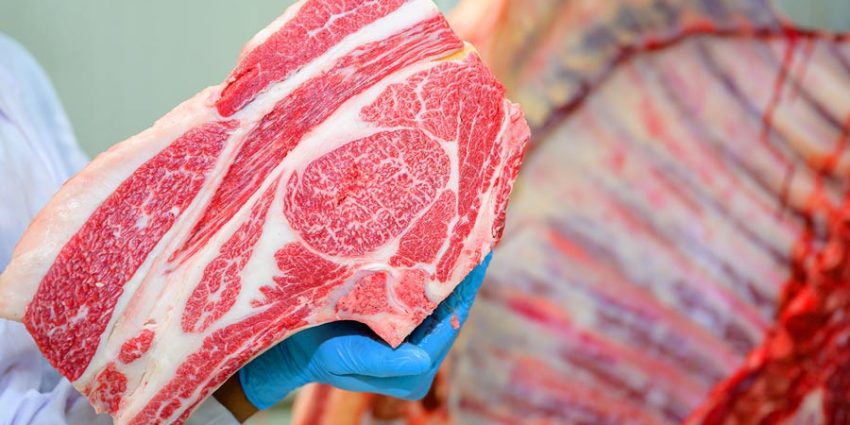When we think of the meat processing industry, we often imagine bustling facilities with workers skillfully handling large carcasses. But behind every efficient, precise, and quality-controlled operation lies an array of specialty tools. These unsung heroes are vital at every stage of meat preparation, packaging, and distribution. Let’s delve into the essential tools that ensure the meat on your table is prepared to perfection.
Knife Sharpeners
You can’t talk about meat processing without mentioning knives. Sharp knives are critical for clean cuts, precision, and safety. Dull blades can lead to jagged cuts, damaging the meat and increasing the risk of injury. Enter the knife sharpener—a must-have tool in any meat processing facility.
Knife sharpeners come in various forms, from manual sharpening stones to electric sharpeners and honing rods. Manual stones offer a traditional approach, allowing for precise control. Electric sharpeners, on the other hand, are quick and efficient, perfect for high-volume settings. Honing rods are essential for daily maintenance, keeping blades in peak condition between full sharpenings. These tools ensure that every slice is smooth, reducing waste and enhancing the quality of the final product.
Deboning Hooks and Gambrels
Deboning hooks and gambrels might not be the first tools that come to mind, but they are indispensable in meat processing. These tools are designed to suspend and maneuver carcasses during the deboning and butchering process. They allow workers to handle large pieces of meat with ease, improving efficiency and safety.
Deboning hooks feature ergonomic, non-slip handles, ensuring a secure grip even when working with slippery meat. Adjustable hooks on gambrels allow for the suspension of various carcass sizes, facilitating easier access and precision cutting. By reducing the strain on workers and enhancing control, these tools play a crucial role in maintaining workflow efficiency.
Meat Tenderizers
Not all cuts of meat are naturally tender. That’s where meat tenderizers come in. These tools break down tough muscle fibers, transforming even the toughest cuts into succulent, flavorful dishes. There are several types of meat tenderizers, each suited to different needs.
Manual mallets are the simplest form, ideal for home use and small-scale operations. Mechanical tenderizers, equipped with sharp blades or needles, are perfect for larger facilities, ensuring consistent tenderizing across numerous cuts. Enzymatic marinades, though not a physical tool, are worth mentioning. They use natural enzymes to break down muscle fibers, providing a chemical approach to tenderization. Each method enhances texture and palatability, ensuring every bite is a delight.
Sausage Stuffers and Casings
Sausages are a staple in many diets, and the tools used to make them are just as essential. Sausage stuffers and casings play a pivotal role in the production of sausages and other processed meat products. Selecting the right type and size of casings is crucial for product consistency and quality.
Sausage stuffers come in manual and electric versions, catering to different production scales. Casings, whether natural, collagen, or synthetic, must be chosen based on the sausage variety and desired characteristics. Natural casings offer a traditional texture, while collagen and synthetic options provide uniformity and ease of use. These tools ensure that sausages are not only delicious but also consistent in quality and appearance.
Meat Thermometers
Temperature control is paramount in meat processing. It ensures food safety and quality, preventing bacterial growth and ensuring meat is cooked to perfection. Meat thermometers are the guardians of this critical aspect.
Different types of meat thermometers include digital probe thermometers, infrared thermometers, and wireless monitoring systems. Digital probes provide accurate, instant readings, essential for precise cooking. Infrared thermometers offer non-contact measurement, ideal for quick checks. Wireless systems allow continuous monitoring, crucial in large-scale operations. By maintaining proper temperatures, these tools ensure every product is safe and delicious.
Bone Saws and Cleavers
Processing large cuts of meat and separating bones require robust tools. Bone saws and cleavers are the heavy hitters in the meat processing world. They provide the power and precision needed to handle the toughest tasks.
Bone saws come in manual and electric versions. Manual saws offer control and precision, while electric saws provide speed and efficiency for high-volume processing. Cleavers, with their hefty blades, are perfect for chopping through bones and tough cuts. Safety features like ergonomic handles and blade guards are essential, preventing accidents and ensuring smooth operation. These tools are the backbone of any meat processing facility, ensuring every cut is perfect.
Conclusion
Specialty tools in the meat processing industry are truly the unsung heroes. From knife sharpeners ensuring precision cuts to meat thermometers maintaining safety and quality, these tools are integral to the industry’s efficiency and success. Deboning hooks, meat tenderizers, sausage stuffers, and bone saws each play a unique role, enhancing workflow, product quality, and worker safety.
Next time you enjoy a perfectly cut steak or a delicious sausage, remember the array of tools and the skilled hands behind them. These unsung heroes ensure that every piece of meat is prepared with the utmost care and precision, delivering the best possible product to your table.

